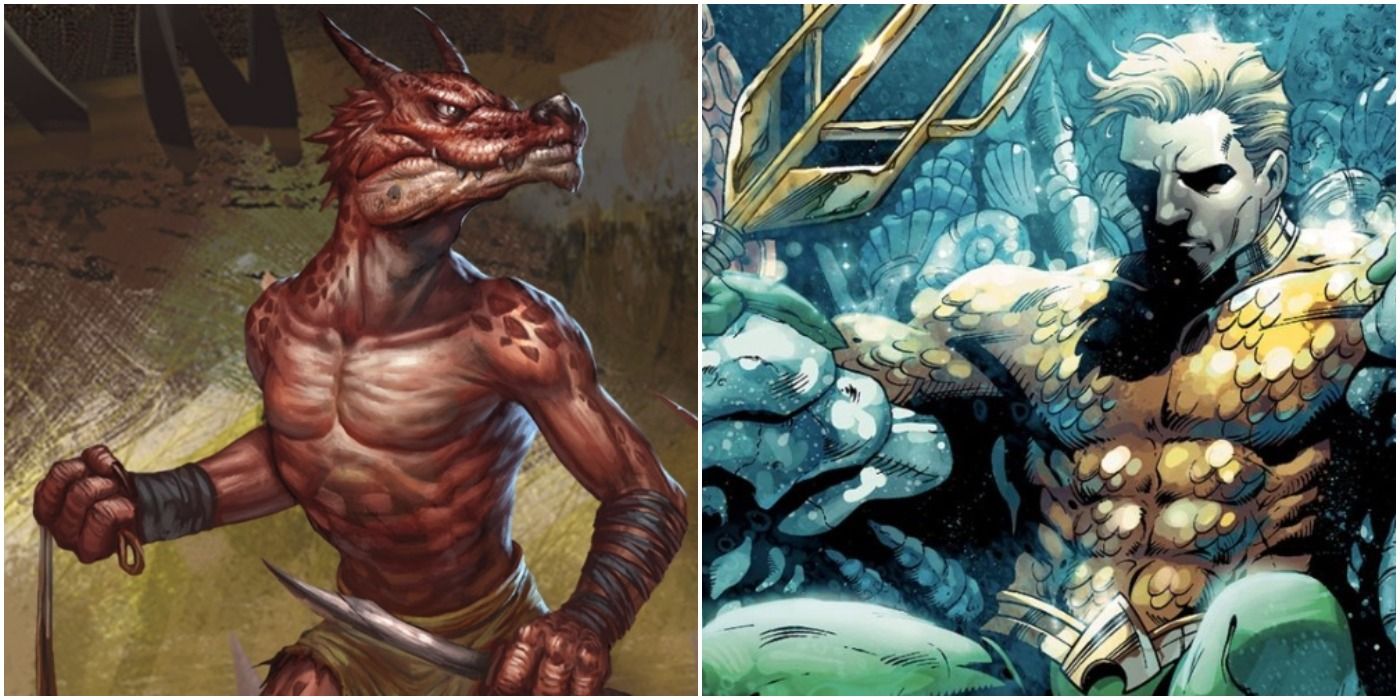
Dungeons and Dragons, like fantasy in general, has a tendency to fall into certain well-established tropes. However, one of the best parts of playing D&D is just how easy it is to subvert these tropes and come up with something truly unique and exciting.
While some of the most obvious ways of customizing a character involve taking an unusual class combination, one more subtle area for variety is in weapon choice. Longswords and bows may be the standard, but choosing something less common is the perfect way to help a character stand apart from the rest.
9 Spears Are Simple But Effective Weapons
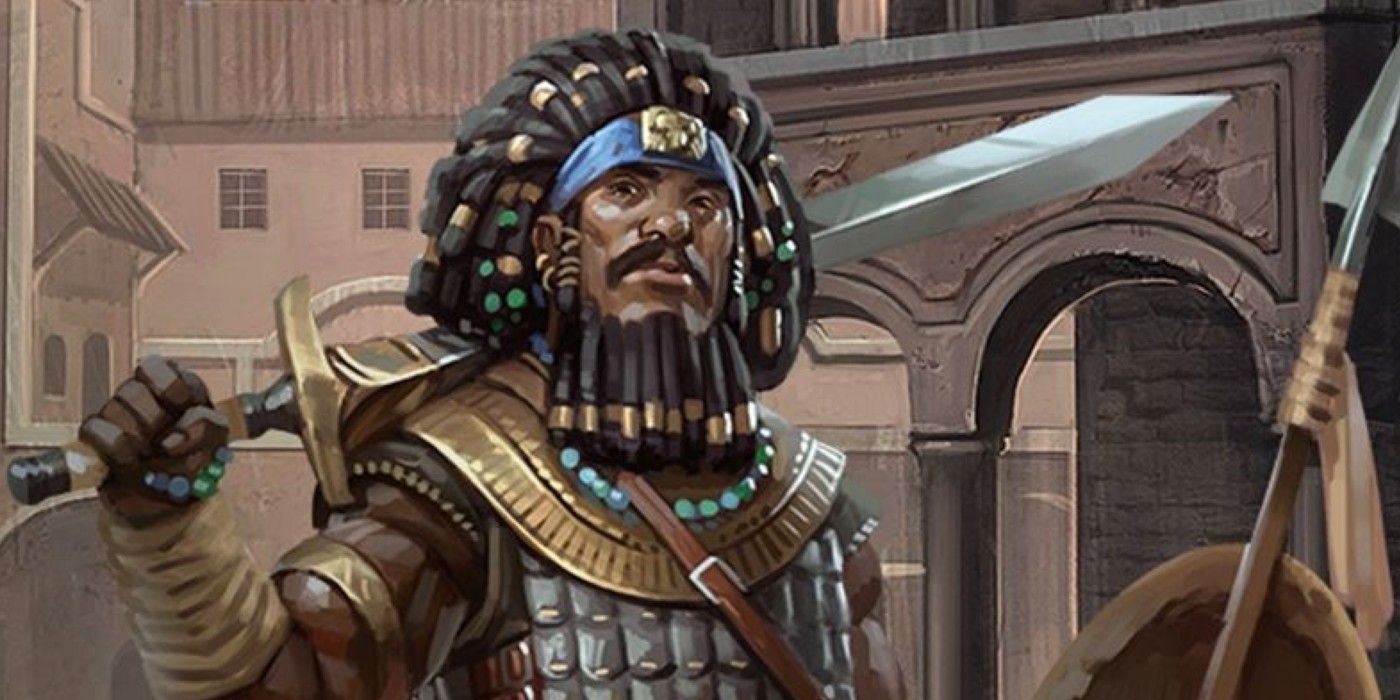
Throughout history, spears have been one of the most commonly used weapons among most civilizations, especially before the invention of firearms. This is not only because they are easy to produce but also because they are highly effective even in the hands of someone with little training.
In Dungeons and Dragons, spears are an excellent choice of weapon as well. While they may have slightly less damage potential than the longsword, they can also be wielded with one or two hands and have the thrown property as well, giving the wielder an opportunity to attack from range if necessary.
8 Tridents Are Just Like Spears But With More Flair
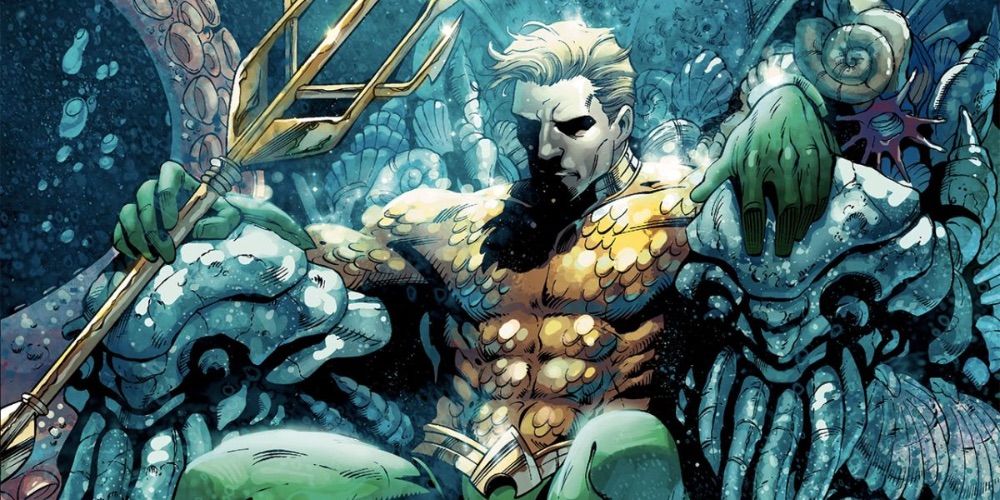
There is a strong association between the trident and aquatic creatures, which is at least in part due to its association with Poseidon, the Greek god of the sea. This makes it not only the perfect weapon for any aquatic characters in D&D such as tritons or water genasi, but also for sailors and seafarers as well.
In Dungeons and Dragons, the trident functions essentially the same as a spear, with the exception that it is a martial weapon and more expensive to buy. That said, it provides a certain level of flair that the spear does not, making it a strong choice for anyone looking to make their character a bit more unique.
7 Slings May Not Be Powerful But Ammunition Is Plentiful
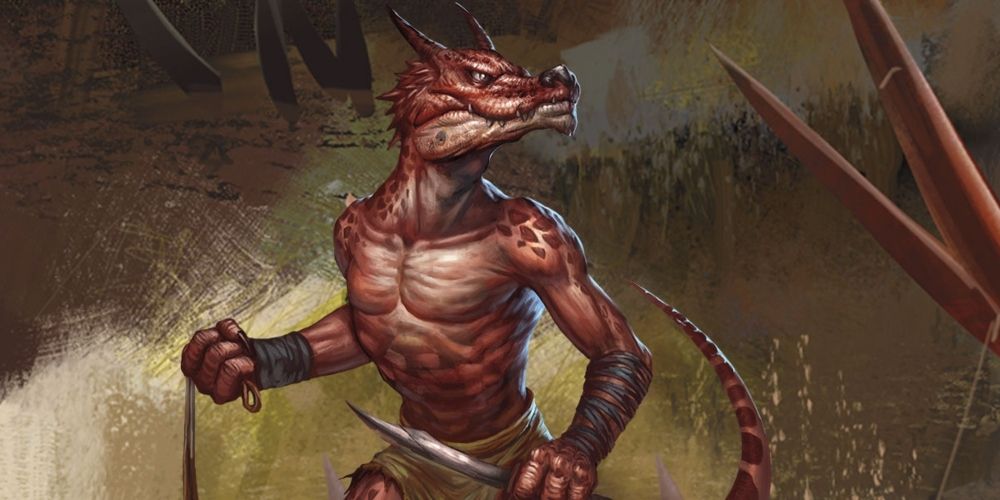
Bows tend to be the most common ranged weapons in D&D, followed by crossbows. Everything beyond that tends to lag behind significantly. Despite their relative unpopularity, slings can be a good choice for a character who isn't necessarily focused on ranged combat but wants to have the option available at all times.
One of the biggest benefits of the sling is its small size and the ease from which one can procure ammunition. While many groups don't track encumbrance, it might be easier to justify sneaking a sling past a guard than a crossbow, and many DMs will be amenable to collecting stones with which to fire at enemies as a downtime activity.
6 Blowguns Can Be Tweaked To Be Fun And Unique
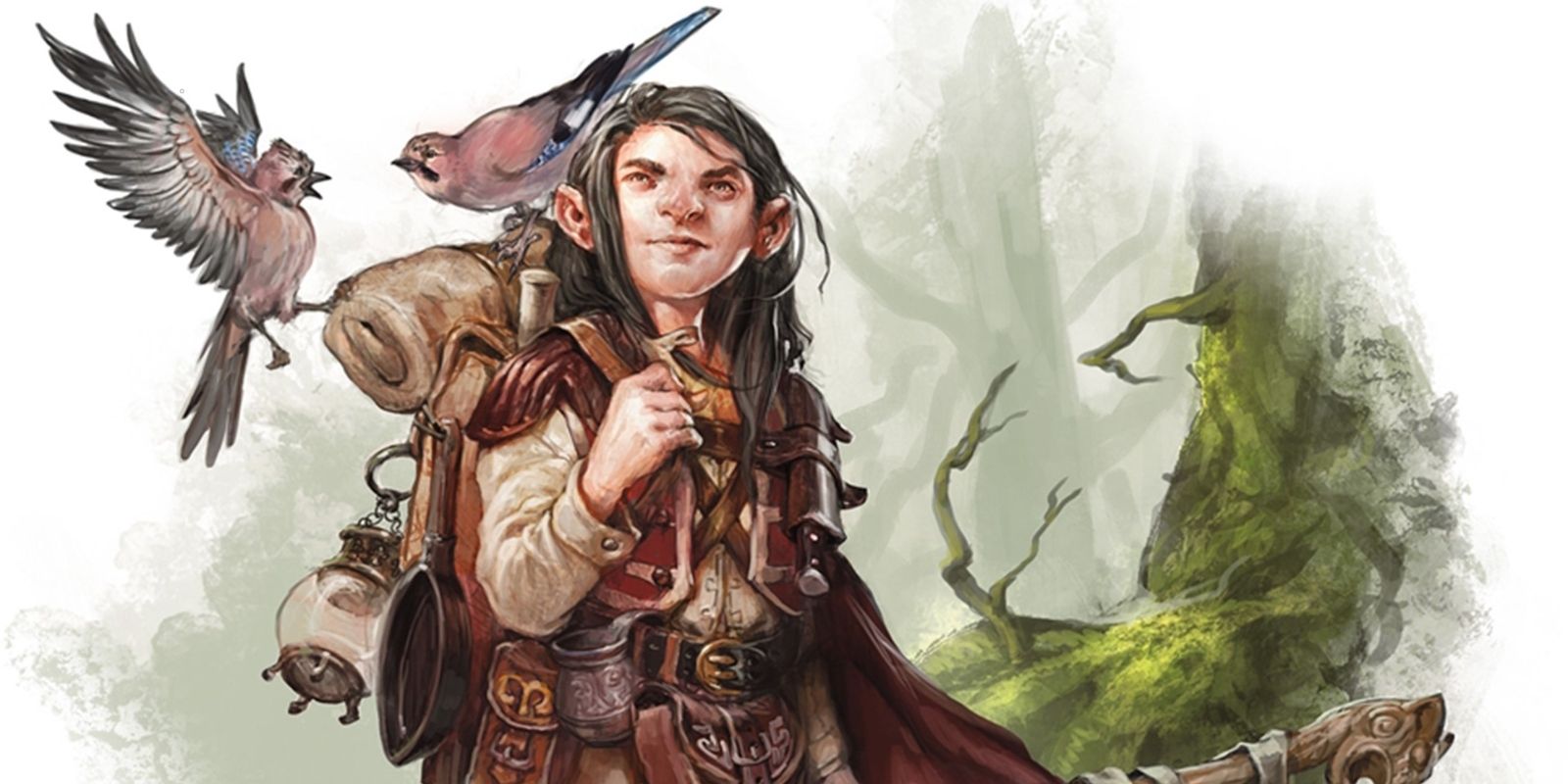
Quite possibly the worst weapon in the game, worse even than the dart, is the blowgun. It doesn't have a damage die, it simply deals 1 damage. It has the loading property as well as a fairly small range compared to other weapons. All these factors combine to make it a terrible choice in any circumstances.
With a little tweaking, however, the blowgun can be a very fun weapon to use. If the DM allows removing the loading property and making it a finesse weapon, rogues can combine the blowgun with their Sneak Attack, mitigating the low damage. Adding poisoned ammunition can give a unique twist on what would otherwise be a completely useless weapon.
5 Pikes Can Pierce Through A Foes Army From A Safe Distance
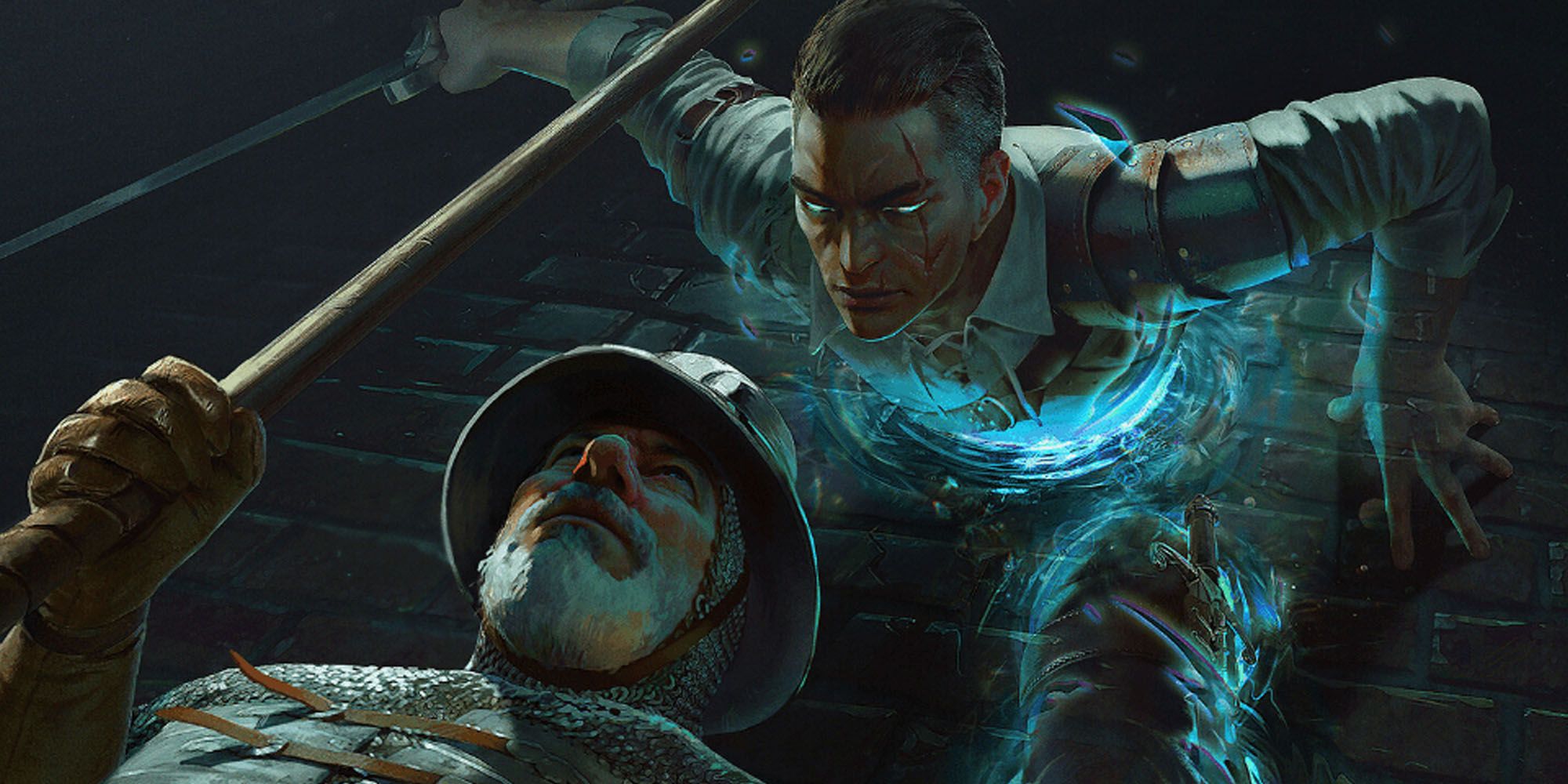
Reach is one of the rarest properties for weapons in D&D, as only four weapons have it, yet it is one of the more useful ones in the game. Having that extra five feet of distance to make attacks means a character can stay safely out of range of melee attacks while still making their own attacks.
Not only is the reach property a huge advantage, but pikes are also able to deal a pretty hefty amount of pain, with a base of 1d10 piercing damage, second only to the greatsword and greataxe. This is an excellent choice for a character with a background as a town guard or in a militia, and provides plenty of mechanical benefits as well.
4 Lances Are The Perfect Weapon For Any Mounted Warrior
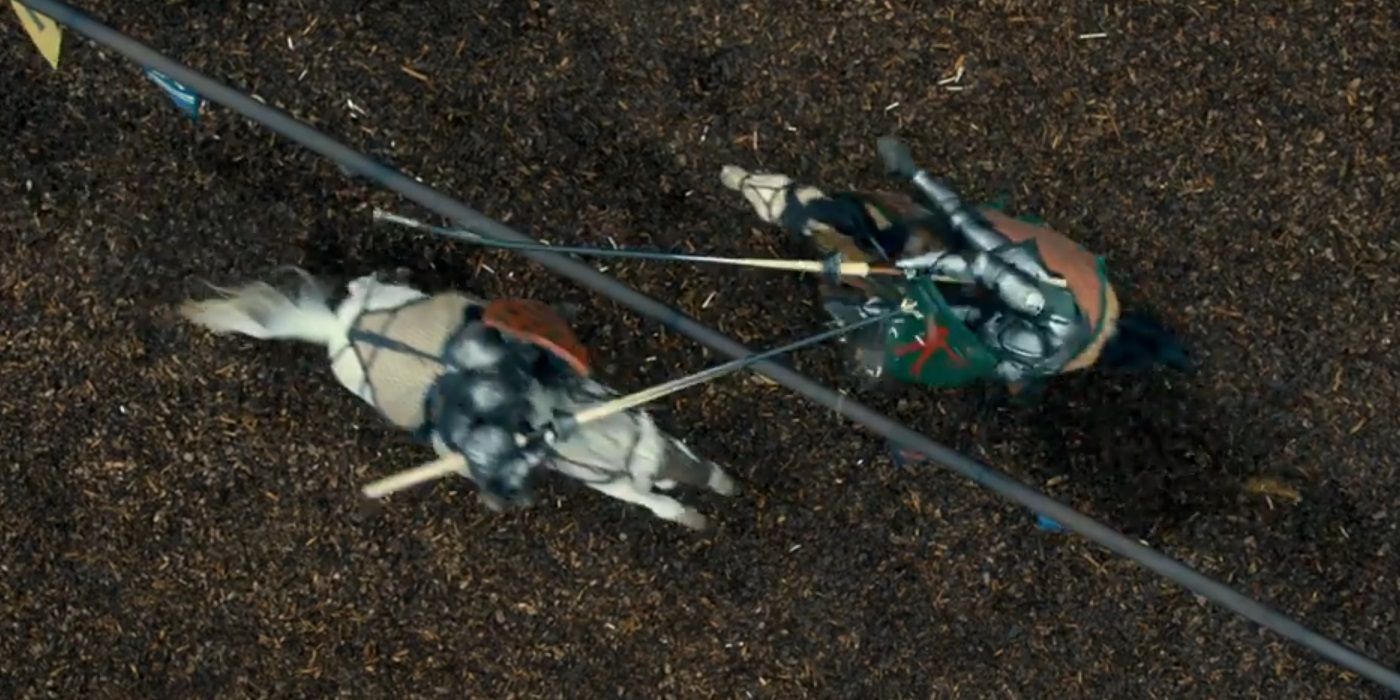
Mounted combat may be uncommon in some Dungeons and Dragons games, but for a character taking on the role of a mounted knight no weapon will serve them better than the lance. It is not only decent mechanically, but provides an iconic image as a heavily armored warrior bears down upon their foes atop a great steed, lance in hand.
The biggest benefit of the lance is that it has the reach property, allowing a rider wielding it to charge within 10 feet of their foe, make their attack, and continue to ride past. Its damage die is a d12 as well, making it one of the strongest base weapons in the game, however, anyone choosing this weapon should remember to carry a sidearm, as it comes with some major disadvantages when dismounted.
3 Glaives And Halberds Have The Reach To Keep Enemies At Bay

In Dungeons and Dragons, glaives and halberds function exactly the same, with the exact same properties all across the board. However, halberds are often the more well-known of the two, and thus are a more common choice when selecting a weapon.
The main difference when choosing between a glaive and a halberd is style. Halberds are essentially axes on poles, while glaives are swords on poles. Both can be extremely effective, and have one main advantage mechanically over pikes in that they deal slashing damage rather than piercing, which is resisted by fewer creature types in the game.
2 Nets Have An Incredibly Useful Special Ability
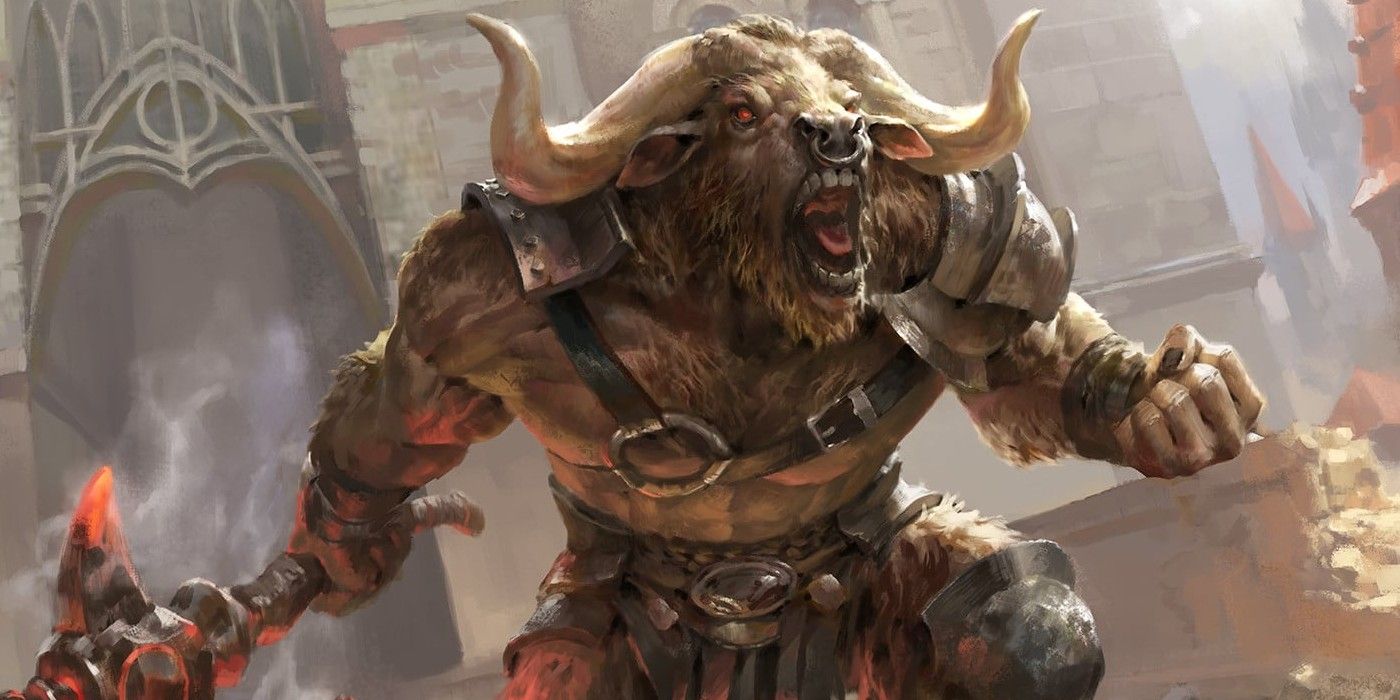
One of the rarest weapons in the game, if it can properly be considered a weapon at all, is the net. While it deals no damage and has a limited range, it does have a unique property that sets it apart from any other weapon available in the game.
Throwing a net onto a creature that is size Large or smaller with a successful attack will restrain it. While it is relatively easy for a creature to break free from the net, having potentially an entire turn with a creature restrained can be a massive advantage in battle, allowing a party to gain the upper hand over their foes.
1 Whips Aren't Just For Adventurous Archaeologists
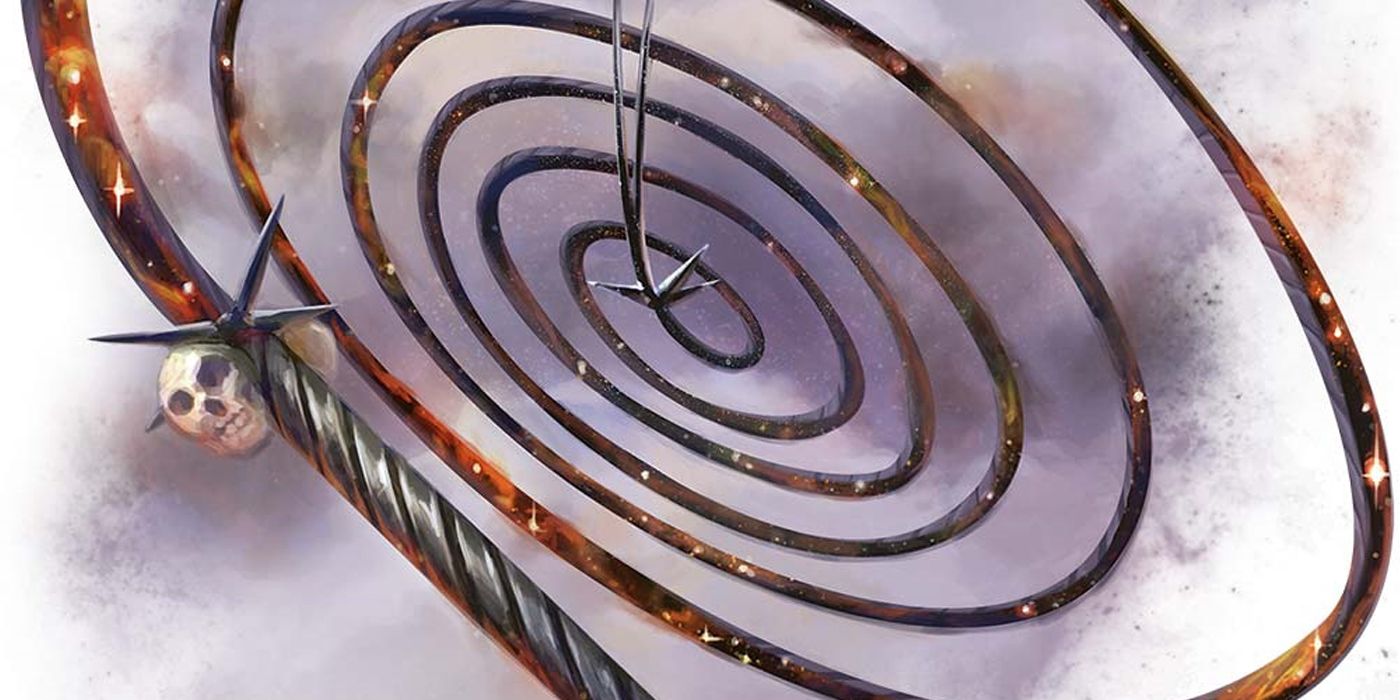
When looking over the list of weapons available in D&D, one tends to stand out among the rest, and that weapon is the whip. Made famous by Indiana Jones, whips are a perfectly viable option in Dungeons and Dragons, especially in the hands of a rogue.
While it may have a low base damage, the whip's advantages lie in its two additional properties, finesse and reach. Finesse allows the wielder to use Dexterity for attack and damage rolls instead of Strength, as well as making it eligible for Sneak Attacks, and the reach property means a squishier character can keep a safe distance when striking with this iconic weapon.
Source: Trendz OH
No comments:
Post a Comment